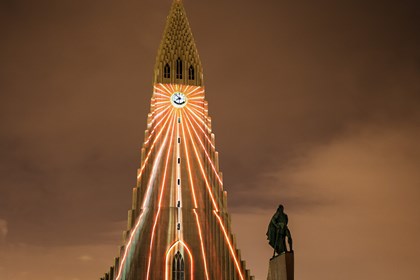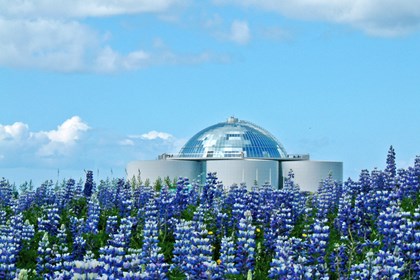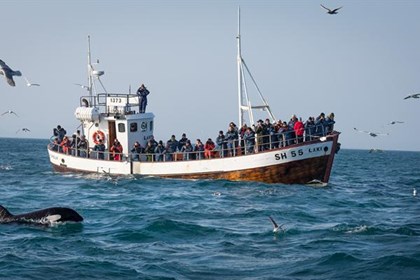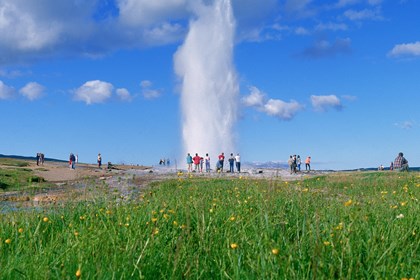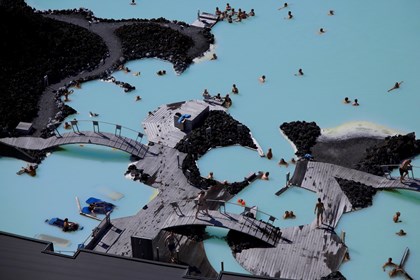a few words about Reykjavik
Reykjavik is the capital and largest city of Iceland. Its latitude at 64°08' N makes it the world's most northern national capital. It is located in southwestern Iceland, on the southern shore of Faxafloi Bay. The Reykjavik area coastline is characterized by peninsulas, coves, straits, and islands. The Reykjavik Capital Area consists of seven municipalities with approximately 200,000 inhabitants, comprising two-thirds of the Icelandic population.
Reykjavik is believed to be the location of the first permanent settlement in Iceland, which Ingolfur Arnarson is said to have established around 870. Until the 18th century, there was no urban development in the city location. The city was founded in 1786 as an official trading town and grew steadily over the next decades, as it transformed into a regional and later national centre of commerce, population and governmental activities. The location of Reykjavik, only slightly south of the Arctic Circle, receives only four hours of daylight on the shortest day in the depth of winter. However, during the summer the nights are almost as bright as the days.
Despite its extreme north Atlantic location, Reykjavik is much warmer than most locations at a similar latitude. The average mid-winter temperature in January is 0°C, but temperatures very rarely drop below -10°C (14°F) in the winter. This is because the Icelandic coastal weather in winter is moderated by the warm waters of the Gulf Stream. The climate is sub polar oceanic, and the city is on the northern edge of the temperate zone. The city's coastal location does make it prone to wind, however, and storms are common in winter. Summers are cool, with temperature fluctuating between 10 - 15°C, sometimes exceeding 20°C (68°F). Reykjavik is not a particularly wet city, but it nevertheless averages 213 days with measurable rain every year. Spring tends to be the sunniest season. Annual sunshine hours in Reykjavik are around 1300, which is comparable with other places in Northern and North-Eastern Europe.
